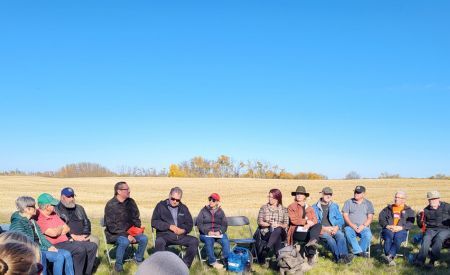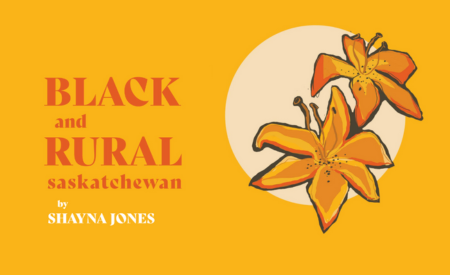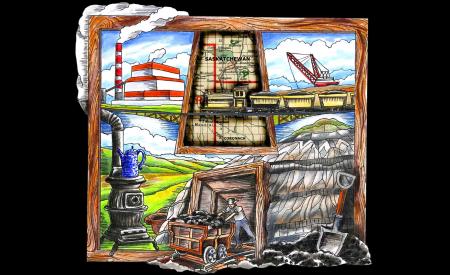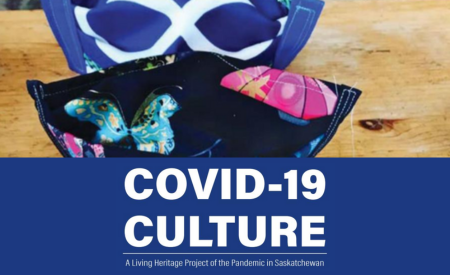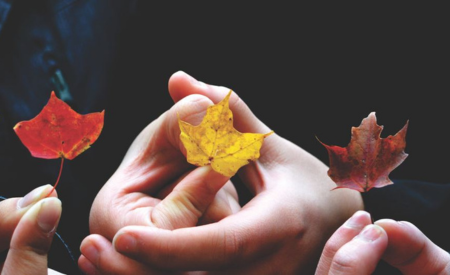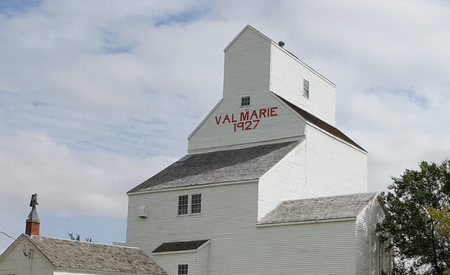Relationship Building and Reconciliation through Living Heritage
Active
This pilot project draws together the living heritage of a Humboldt to link it to reconciliation. The past is still with us, and understanding how we got here will help us build positive relations in the present and future.

